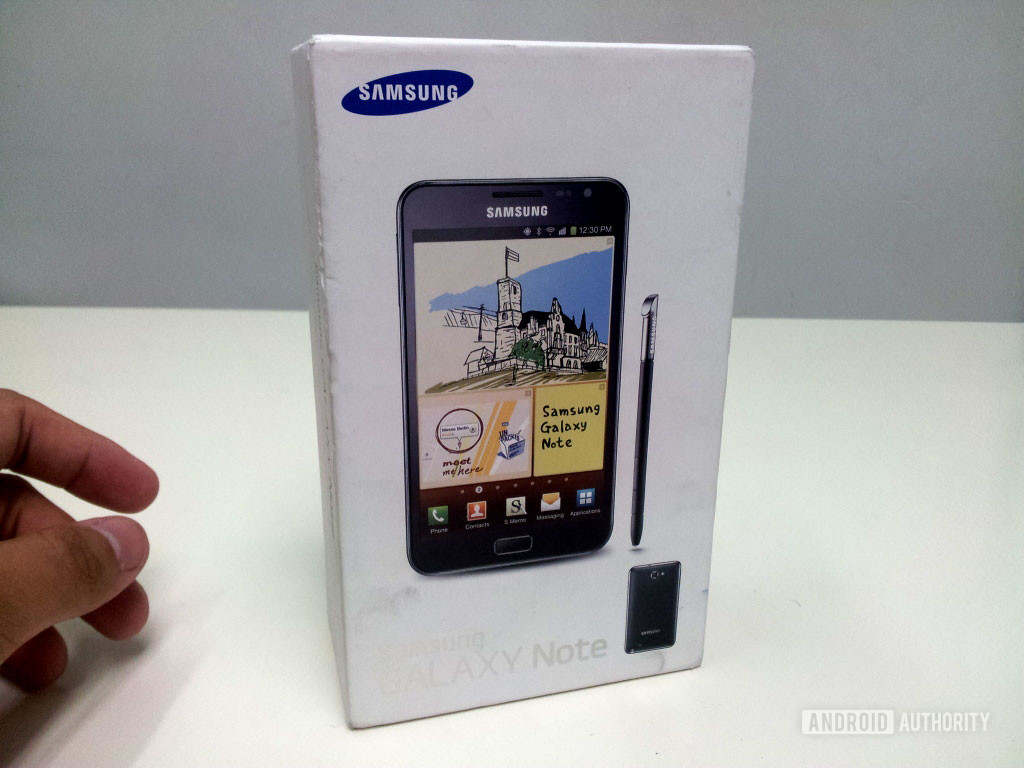![]()
Android is synonymous with smartphones. It’s the most popular mobile operating system in the world, powering more than 2.5 billion active devices. However, a lot of people don’t know that the OS wasn’t originally designed for phones.
At the economic summit in Tokyo back in 2013, Andy Rubin — the co-founder of Android — revealed that Android was originally made for digital cameras. The plan was to create a camera platform that would include cloud storage for images and videos. That way, users likely wouldn’t have to rely on a camera’s onboard storage as much and could easily access their photos from multiple devices. During his speech in Japan’s capital, Rubin even showed the slides he used to pitch the idea to investors back in 2004. The interest was apparently low, so he wasn’t able to close the deal at the time.
We decided digital cameras wasn’t actually a big enough market.
Five months after that meeting, Andy Rubin and the rest of the Android team decided to change their strategy. They figured out that the camera market wasn’t big enough and saw an opportunity in the smartphone sector. After making the required changes to the OS, Android as we know it was born.
The team didn’t want to charge for software as their rivals did at the time, because they believed the industry was too price sensitive. Instead, they wanted Android to be free and serve as a platform for selling other services and products (apps, games, etc.). Growth was the name of the game. By offering the software for free, there was a much higher chance of striking deals with phone makers.
But to make that plan a reality, they needed a great partner with deep pockets. Here’s where Google comes in. The tech giant bought Android in July 2005 and hired Andy Rubin as the senior vice president of mobile and digital content. The company set out on a mission to capture a nine percent market share in North America and Europe in the next five years.
Those expectations were wildly exceeded, as Android held around 24% of the market in North America by the end of 2010 — and that was just the start. Today, Android powers more than 80% of all smartphones in use.
The power of a single decision

The decision to focus on smartphones instead of digital cameras was obviously the right one to make. Just look at the numbers: according to Statista, smartphone sales rose from around 122 million in 2007 to 1.5 billion in 2019. Digital camera sales, on the other hand, declined from around 100 million in 2007 to just 15 million in 2019. The industry peaked in 2010, with global sales reaching approximately 121 million units.
We don’t know exactly what would have happened if Andy Rubin and his team stuck to the original plan for Android, but we assume the OS wouldn’t have been much of a success. More importantly, the Android we know today just wouldn’t exist.
Related: Compact camera vs smartphone shootout: It’s not even close
It’s possible that Google wouldn’t have even entered the market and that Microsoft could have achieved more success with its Windows Mobile platform. Heck, Symbian might have developed into a more open operating system and Nokia would still be the king of smartphones. It’s fun to think about these things, although it’s obviously all speculation. What we can say with certainty is that the smartphone market would be completely different today without the Android creators’ pivot to smartphones.
This story just goes to show how a single decision can make or break a business. As Stephen R. Covey wrote in his best-selling book The 7 Habits of Highly Effective People, “If the ladder is not leaning against the right wall, every step we take just gets us to the wrong place faster.�
Luckily for Rubin, his ladder was leaning against the right wall… eventually. His decision to focus the OS on smartphones instead of cameras made him a millionaire and was the start of Android we all know and love. To recall, Google paid $50 million for Android, which was a steal given the success of the OS, but it’s still a lot of money overall.
This is the second post in our “Did you know� series in which we dive into the Android history books to uncover important and interesting facts or events that have been forgotten over time. What do you want to see us cover next? Let know in the comments.


